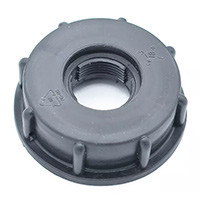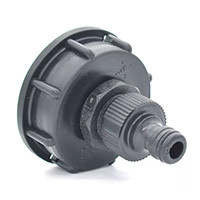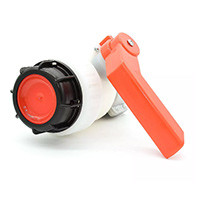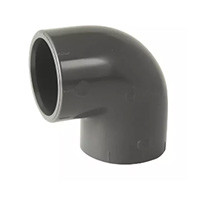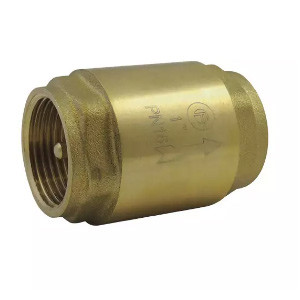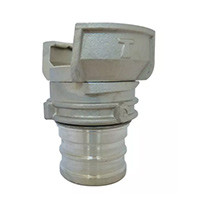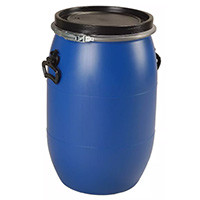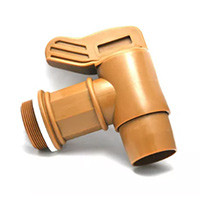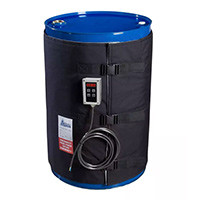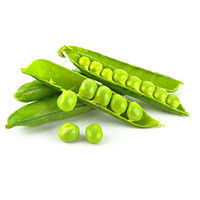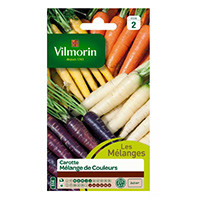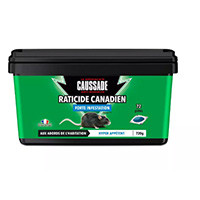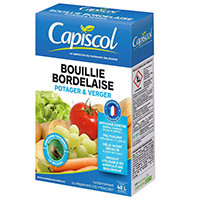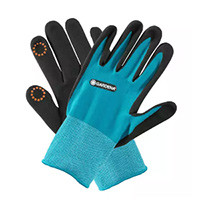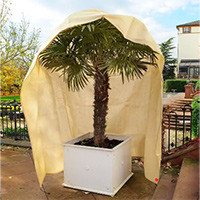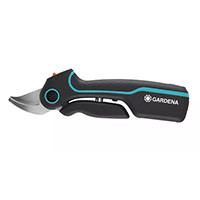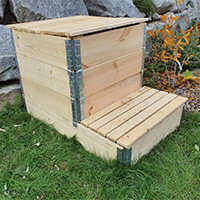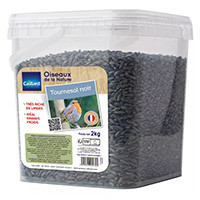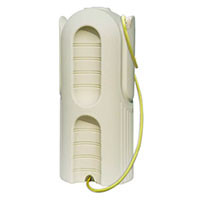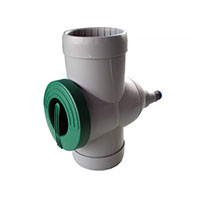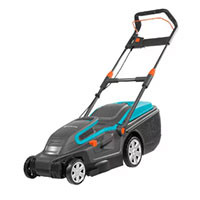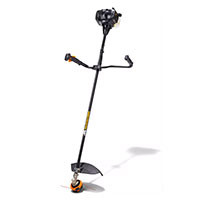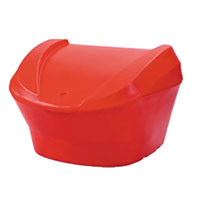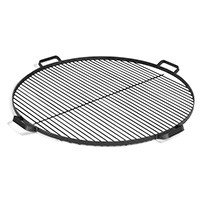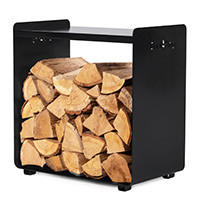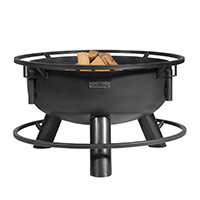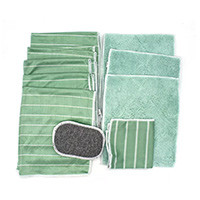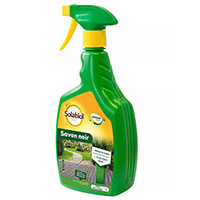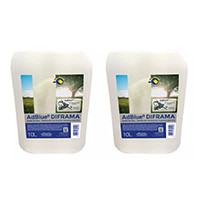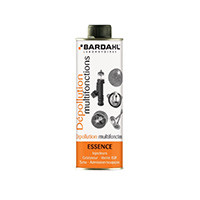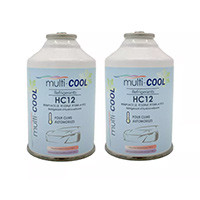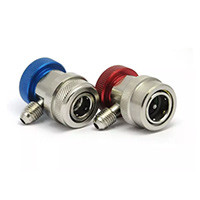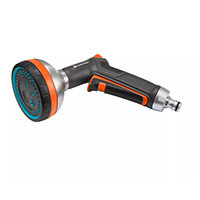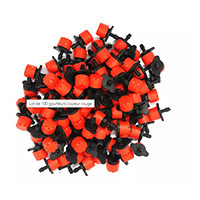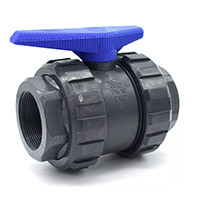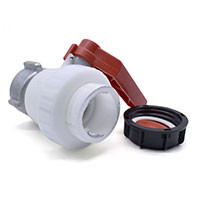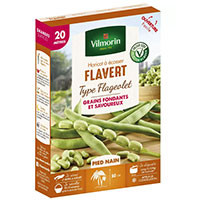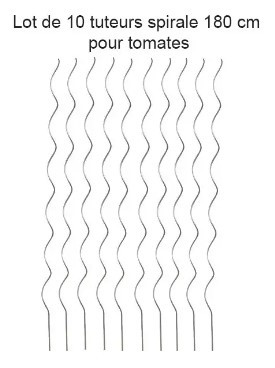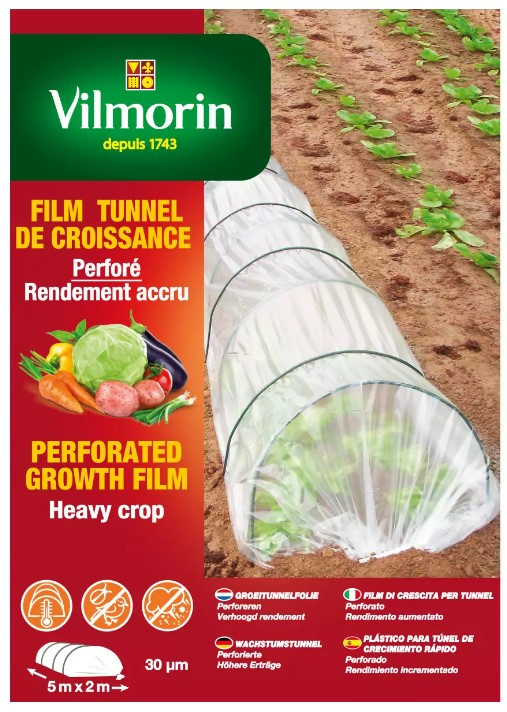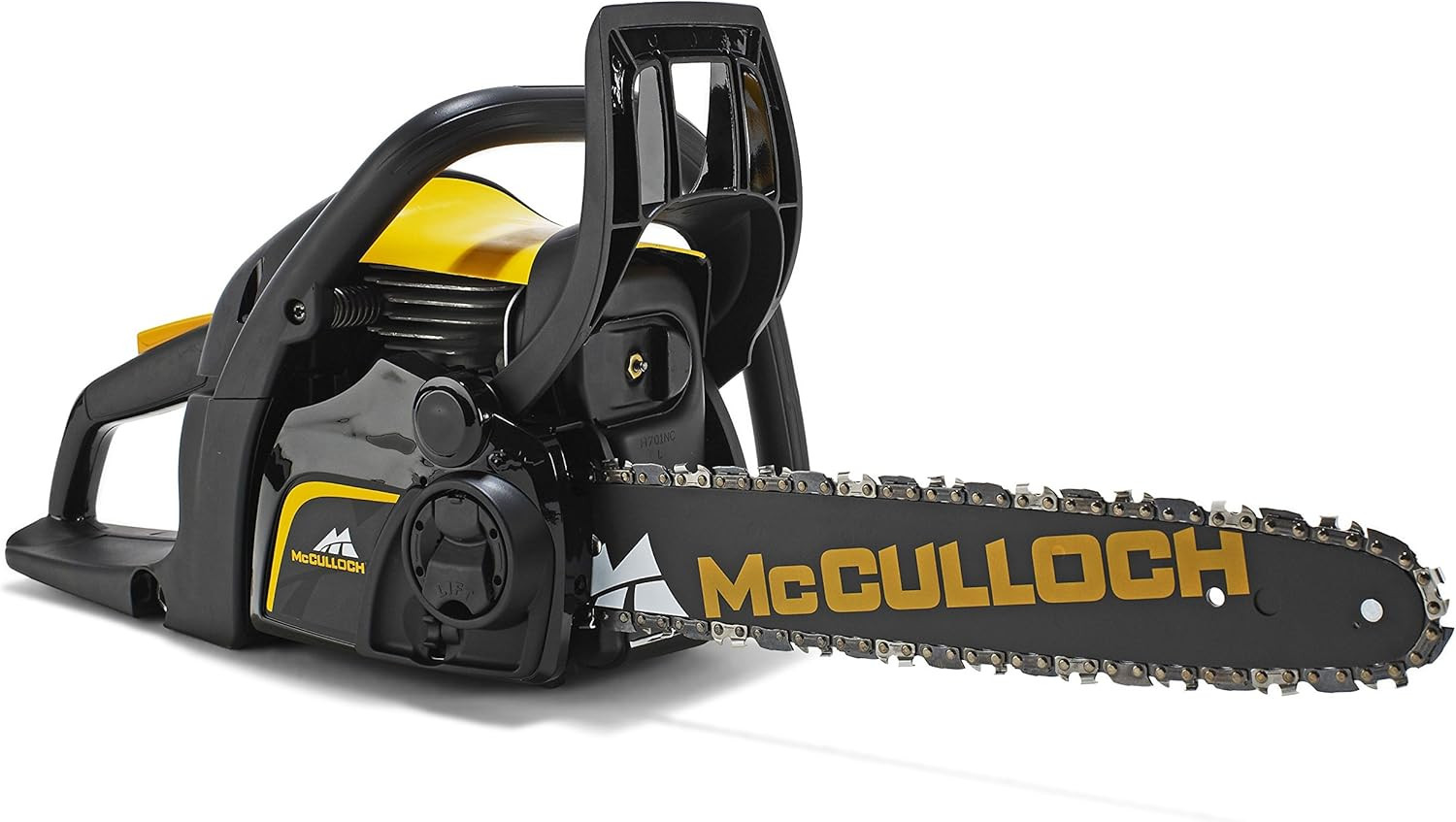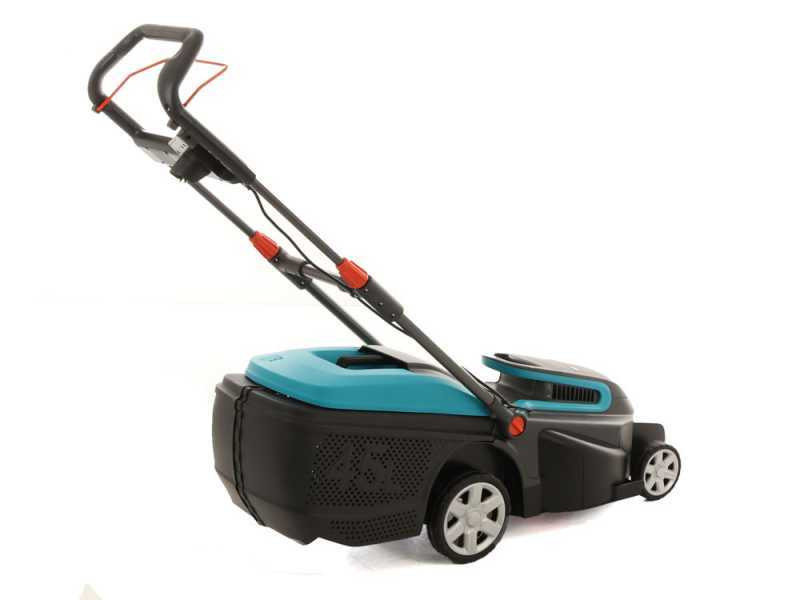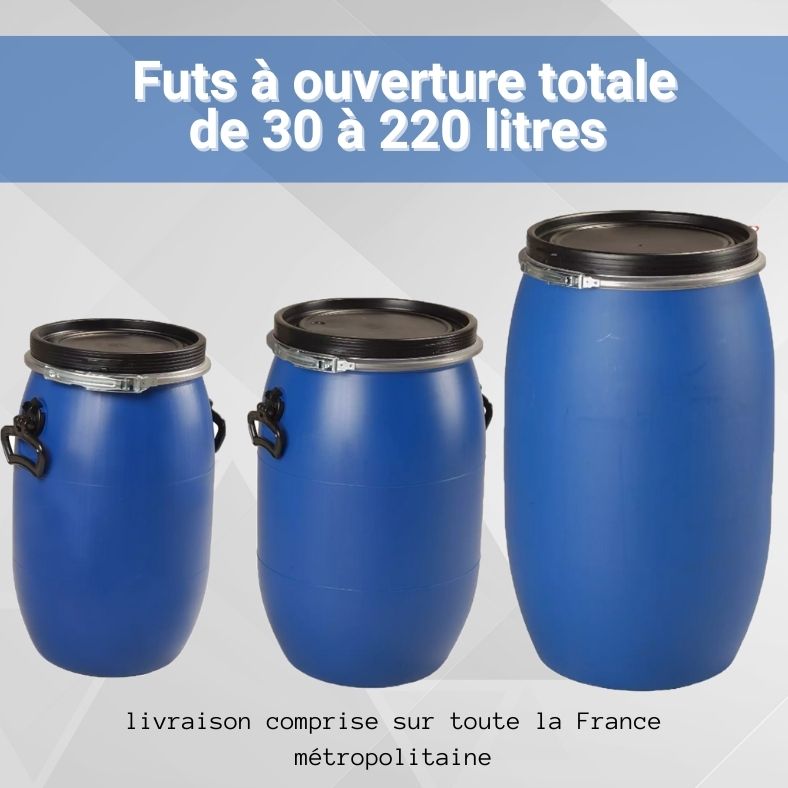Pluviometer: interest and tips for use
It is the ultimate meteorological tool: the raingauge. It allows the gardener to measure the rain, but also and above all to anticipate periods of flowering, growth or harvest. Find out exactly what it's for, as well as how to learn how to use it properly.
What is a rain gauge?
Its basic utility is very simple: the rain gauge is an instrument that can measure the amount of precipitation that falls at a specific location over a period of time. In other words, we can know from the rain gauge whether it rained a lot or not in his garden, and precisely how much it rained.
The unit of measurement of the rain gauge is the millimeter,which corresponds to the amount of precipitation that fell per square metre..
How does a rain gauge work?
Before explaining how a rain gauge works, you should keep in mind that there are two different types: :
- Manual raingauges, known as "direct reading" and which are most used by amateur and beginner gardeners;
- And connected rain gauges, equipped with sensors and some models of which measure both rainfall, temperature and humidity - in other words the humidity present in the air - and can communicate the results to a person located more than 50m from the place of measurement.More expensive,these tools are aimed more at farmers who use themto control the irrigation of their crops, or to aficionados of meteorology.
Here, we will focus mainly on manual rain gauges,the most democratized tools in the garden.
In general, they collect water in a collector. If there are models that do not have them, most are topped with a funnel that acts as a lid. The latter allows the water to flow into the collector's jar without leaving it in the open. Thus, the water does not evaporate,and measurement errors are avoided - because when the water evaporates, the measurements will inevitably be wrong!
While it is possible to know the measurement by referring to the graduation on the collector,the raingauges are usually equipped with containers calibrated in the shape of a cylinder, graded in millimeters and allowing to know more quickly and easily the amount of water dropped. The whole thing is usually planted in the soil,between 0.5 and 2 m of the ground depending on the models.
Where to install your rain gauge?
This is a very important detail: the location of the rain gauge determines whether, or not, the measurements are appropriate.
One of the basic rules to follow when installing your rain gauge is obviously to choose a well-cleared area,so that as much water as possible can be collected. If you install it under your pergola, you may never get a reliable measurement... It sounds pretty logical, but you never know!
Don't put it under a tree either: the branches and twigs of the tree may divert precipitation and therefore distort your measurements. Also beware of small waste that can fall from it, such as pieces of branches,deadleaves, or chestnuts and acorns in autumn... They might clog the collector!
In general, it is considered that one should install its weather station - in this case, its rain gauge - at a distance 10 times greater than the height of the surrounding obstacles. If your garden has 1m high beds, you will need to place the tool 10m from these massifs.
Another advice that matters: it is better to take regular measurements by emptying the collector after each rain rather than waiting for the collector to be overflowing with water... Otherwise, you may, once again, have completely false information.
What is the use of a rain gauge?
Knowing how to use a rain gauge can be an incredible asset in the garden, as long as you can interpret the readings.
If it allows meteorologists to measure rainfall,anticipate potential flooding or see - when it does - a change in the climate, it is useful to all those who grow crops to know if their crops are in excess or water-deficit,but also when - roughly - they can be harvested..en excès ou en
However, to make good use of the measured data, it is also necessary to have a good knowledge of the amount of water that the different plants in the garden require. Tomatoes do not water as much as garlic, shallot or onion, which are very resistant to drought. For this reason, we speak of "knowing how to interpret surveys": the data we collect is useful only when they are consistent with the water needs of the cultivated varieties..
In addition, using a rain gauge also allows gardeners who wish to compare the level of precipitation in one year compared to the previous one, which can be useful when planning the crops of the vegetable garden. It's up to you... Or rather to measure!
On Multitanks.com, find our different models of rain gauges! Please contact our team for more information on one of our products!

